Vietnam is a year-round destination, thanks to its diverse geography and weather patterns. However, deciding the best time to visit depends on the type of experience you’re after. Let’s explore the pros and cons of each season, along with important information about peak times, local holidays, and rainy months.
High Season: November to April
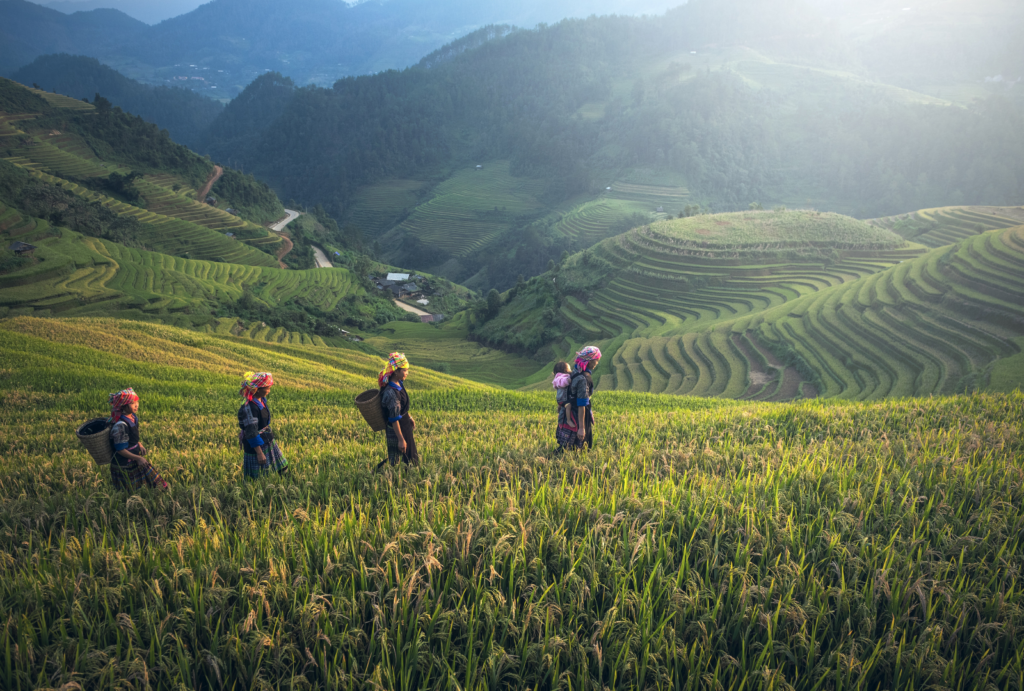
Pros:
- Ideal Weather: The high season coincides with the cooler, drier months, especially in the north and central regions. In Hanoi and Halong Bay, temperatures are more comfortable, ranging from 17°C to 24°C.
- Best for Outdoor Activities: This is the best time for outdoor exploration like hiking in Sapa or cruising through Halong Bay.
- Festivals and Culture: This period includes Tết (Vietnamese Lunar New Year), which falls between late January and mid-February. It’s a great time to witness traditional celebrations, although there are a few things to be mindful of during this holiday (more on that below).
Cons:
- Most Expensive: Hotels, flights, and tours are at their peak prices, especially around December, New Year, and Tết. Popular tourist destinations like Hoi An, Hanoi, and Halong Bay see a surge in visitors.
- Full Hotels: It can be difficult to find accommodation in top tourist areas without booking well in advance.
Things to Avoid:
- Tết Holiday (Lunar New Year): While Tết is fascinating, many businesses, shops, and attractions close for up to a week. Public transportation can be crowded and chaotic, as locals travel to visit family. Prices for hotels and flights also skyrocket during this period.
Shoulder Season: May, September, and October

Pros:
- Lower Prices: Hotel rates and flights are more affordable compared to the high season. The crowds begin to thin, offering a more relaxed experience.
- Mild Weather: In May, especially in northern and central Vietnam, temperatures are warm but not yet sweltering. September and October bring cooler temperatures, making it a great time for outdoor adventures and cultural exploration.
- Best for Photography: This season offers beautiful landscapes with lush greenery, particularly in regions like Ninh Binh and Sapa.
Cons:
- Unpredictable Weather: Late September to October may bring rain, especially in central Vietnam, where typhoon season peaks. Be prepared for occasional downpours that could disrupt travel plans.
Low Season (Green Season): June to August
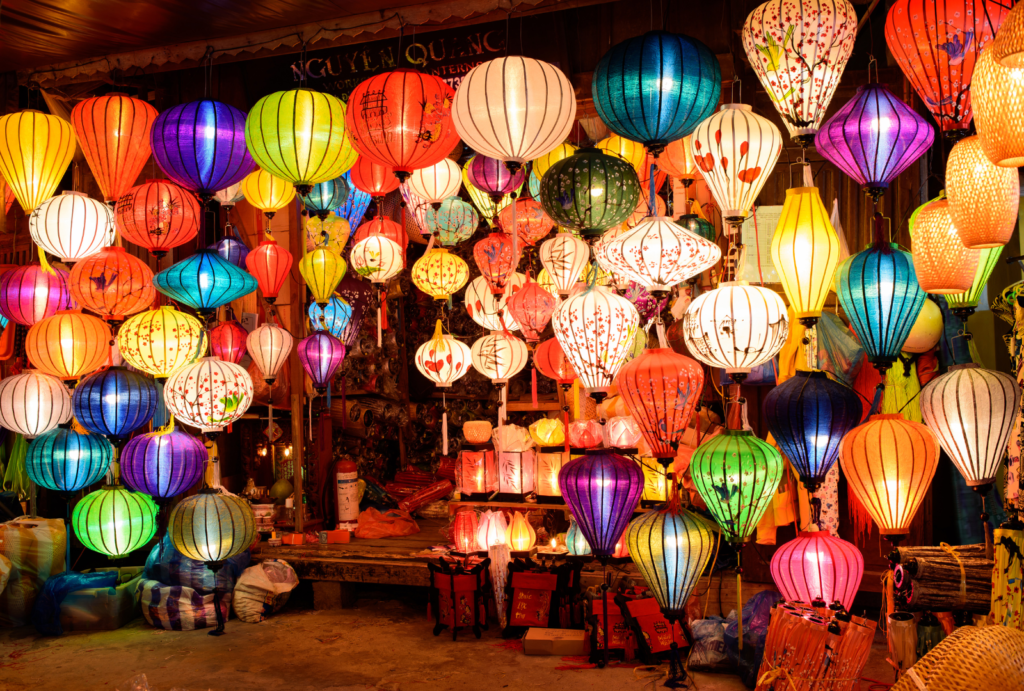
Pros:
- Fewer Tourists: Summer is the quietest time for tourism in Vietnam, particularly in the north and central regions. You’ll find beaches less crowded and have more flexibility in booking tours and hotels.
- Lower Prices: Hotels and tours are significantly cheaper, especially in cities like Hanoi, Hoi An, and Ho Chi Minh City. Summer deals can be found for both budget and luxury travelers.
- Great for Beach Escapes: Despite the heat, coastal areas like Nha Trang, Danang, and Phu Quoc are perfect for beach lovers. You can enjoy sunny weather and long days by the ocean.
Cons:
- Hot and Humid: The summer months bring intense heat and high humidity, particularly in the southern and central parts of Vietnam. Temperatures can reach 35°C to 40°C, especially in cities like Ho Chi Minh and Hue.
- Rainy Season in the South: Southern Vietnam, including Ho Chi Minh City and the Mekong Delta, experiences heavy rainfall from May to November. The rain often comes in short bursts but can cause flooding in some areas.
When It Rains the Most
Northern Vietnam:

- July to August: Expect frequent rain showers, especially in Hanoi and Halong Bay. This can sometimes affect visibility in the bay, making it less ideal for cruises.
Central Vietnam:
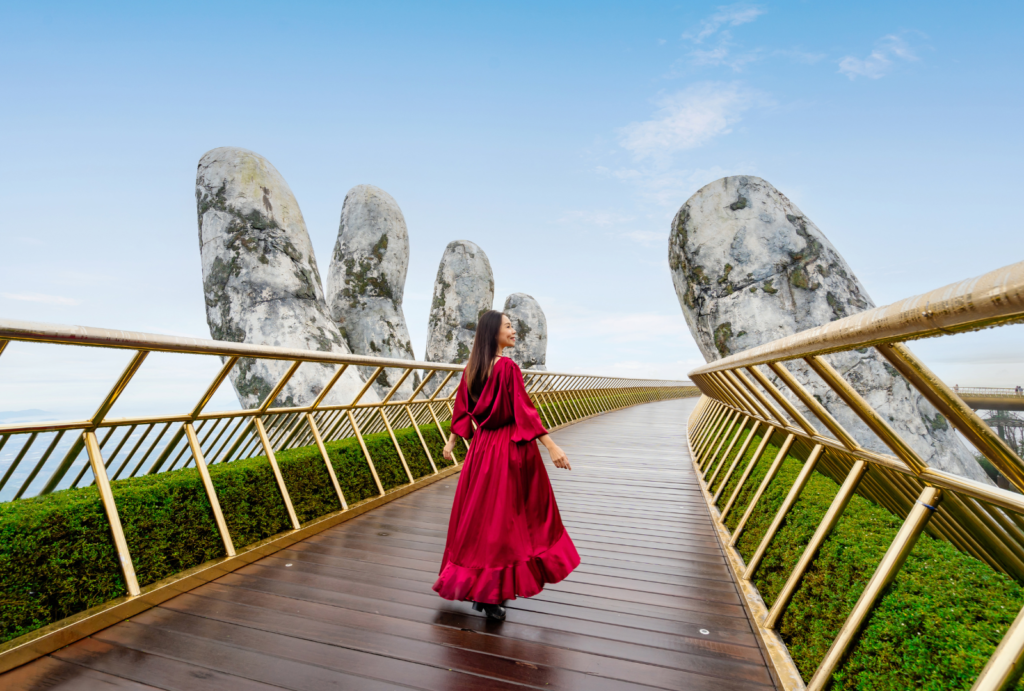
- September to November: The central region, including Danang, Hoi An, and Hue, gets hit hardest by the rainy season and occasional typhoons. It’s important to keep an eye on weather forecasts if you plan to visit during this time.
Southern Vietnam:
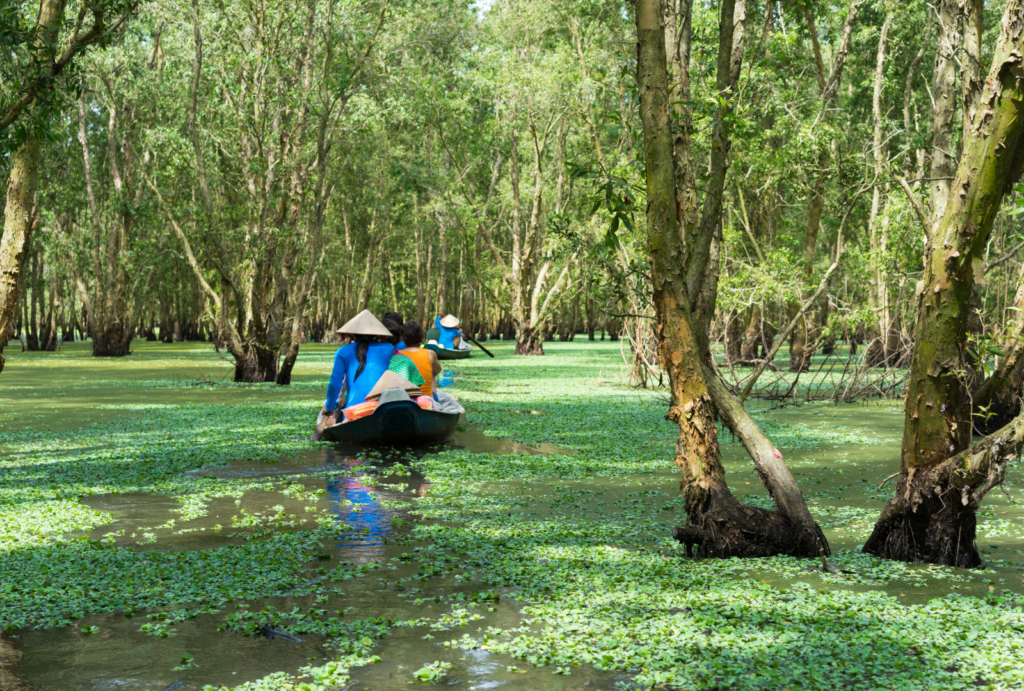
- June to September: Rain is heaviest in the south, including Ho Chi Minh City and the Mekong Delta, with frequent afternoon thunderstorms. Despite the rain, many travelers enjoy this time due to lower prices and the lush, green landscapes.
Best Times to Avoid Local Holidays

- Tết (Lunar New Year): This is the most important holiday in Vietnam and typically occurs in late January or early February. Travel during this time can be challenging due to crowds, closed businesses, and inflated prices.
- National Day (September 2): Although not as impactful as Tết, many locals take a few days off, causing some disruptions to transportation and hotel availability.
Choosing the Right Time
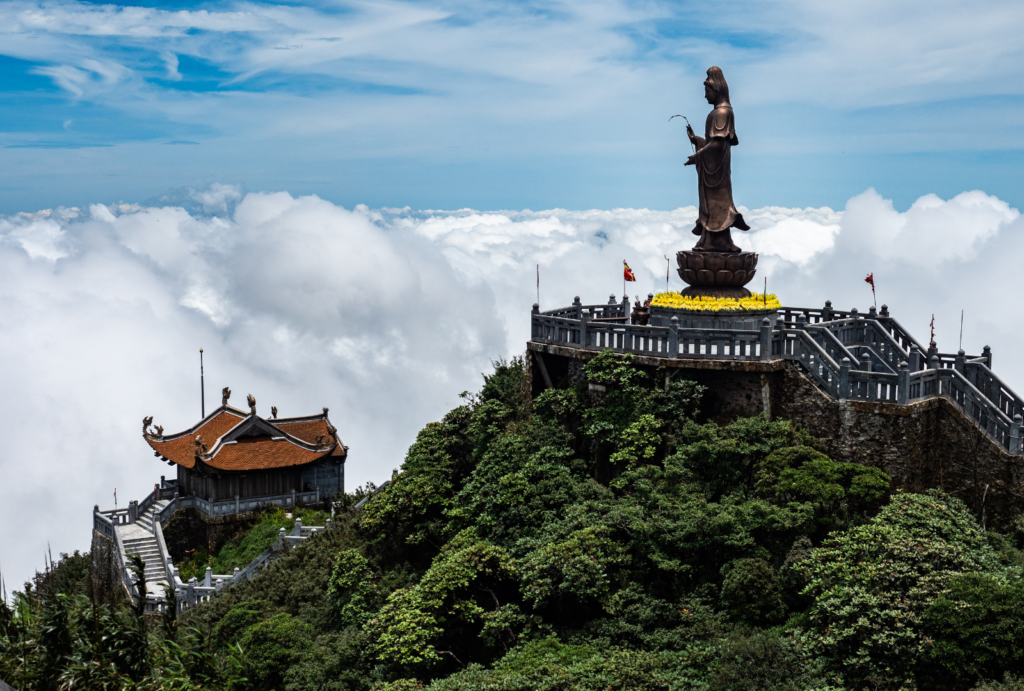
- For Ideal Weather and Outdoor Activities: Plan your trip between November and April for cool, dry weather, perfect for exploring Vietnam’s natural beauty.
- For a Budget-Friendly Trip: Opt for the summer months (June to August) or shoulder seasons (May, September, October) when you’ll find fewer crowds and lower prices, but be prepared for occasional rain.
- Avoid Tết if you want to ensure businesses and attractions are open and avoid high travel prices.
Each season has its own charm, so when you visit depends on your personal travel preferences—whether you’re chasing sunny skies or trying to avoid the crowds.
Explore Our Vietnam Journeys
DISCOVER MORE – Most Scenic and Iconic Destinations in Vietnam: A Journey Through Timeless Beauty

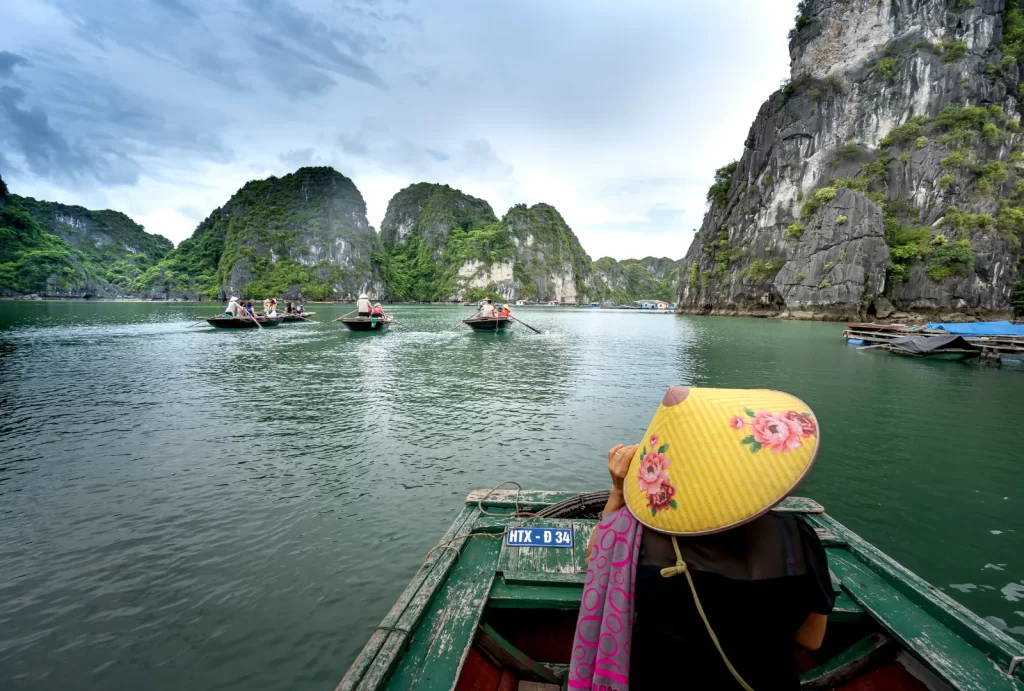
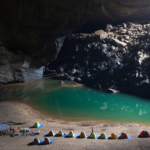




Comments are closed.